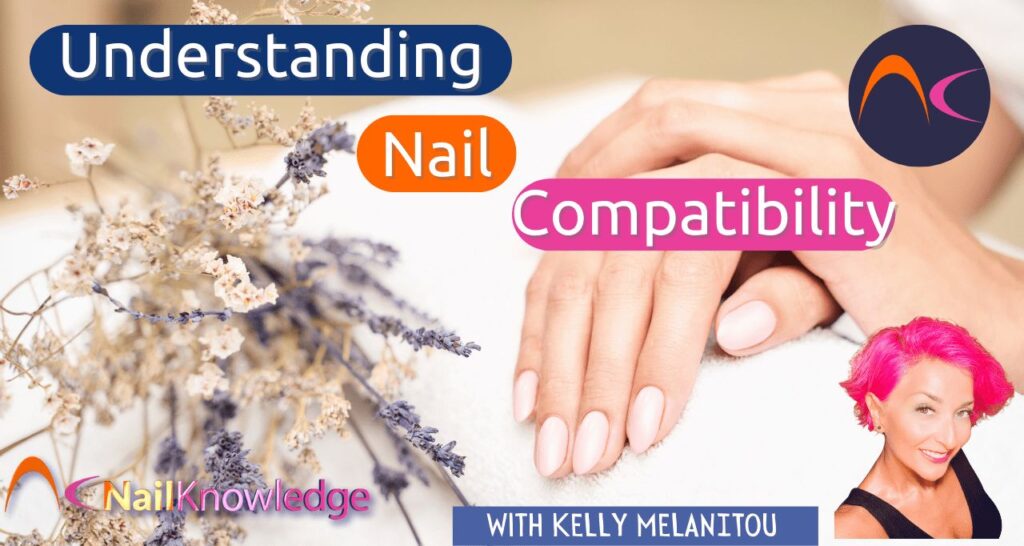Choosing the Right System for Long-Lasting Results
Have you ever encountered clients who complain that gels never seem to last on their nails, no matter what you do? It’s a common frustration for both nail technicians and clients alike. In this blog post, we will delve into the world of nail compatibility and explore how choosing the right system can make a significant difference in the longevity of nail coatings.
Nail Evaluation: Factors to Consider
Not all nails are created equal, and what works perfectly for one client may not work for another. When it comes to choosing the appropriate nail system, there are several crucial factors to consider:
1. Nail Type Assessment: Soft and pliable vs. Hard and brittle Nails
- Soft, pliable nails: These nails tend to have more flexibility and may not provide an ideal surface for gel adhesion.
- Harder nails: Firmer nails often work well with various systems, including gel.
2. Activity Level Analysis
- High activity clients: Clients who engage in activities that put their nails under constant stress, such as sports or manual labor, may experience shorter-lasting nail coatings. In this category we can include hairdressers, new moms (their hands are in water all the time, etc.). These clients are usually getting better results with shorter nails.
- Low activity clients: Those who have less physically demanding lifestyles may have nails that are more compatible with gel systems. tend to get better results with their nail coatings.
3. Hyperhidrosis Consideration
- Hyperhidrosis refers to excessive sweating, which can affect the durability of nail coatings.
- Clients with hyperhidrosis may experience shorter-lasting results regardless of the chosen nail system.
Gel Incompatibility and Alternatives
For clients with soft, pliable nails, gels may not be the most suitable option. These nails tend to work better with a liquid and powder (L&P) system. The L&P system provides a stronger and more rigid coating, better suited to the natural flexibility of soft nails.
Analysing Activity Level
A client’s level of physical activity plays a significant role in the durability of nail coatings. For high-activity clients, consider recommending additional protective measures or alternative nail systems that can withstand the demands of their lifestyle. Encourage them to be mindful of their nail health during activities that may compromise the longevity of their manicure, and stress on the importance of proper home care.
Case Study: Finding the Right Solution
In the specific case of a client with gel compatibility issues, it may be worth trying an L&P system. Perform the necessary nail preparation and apply the L&P system to assess its impact on the client’s nails. Monitor the longevity of the coating and gather feedback to determine if this alternative system provides better results.
Conclusion
Understanding nail compatibility is essential for providing long-lasting and satisfactory nail services. Nail technicians should evaluate factors such as nail type, activity level, and hyperhidrosis to determine the most suitable system for each client. By customizing our approach and considering these crucial factors, we can enhance the durability of nail coatings and ensure happier, more satisfied clients. Remember, it’s a journey of continuous learning and adaptation. Stay open to experimentation and embrace the challenge of finding the perfect system that complements your clients’ unique nail characteristics. Together, we can achieve stunning, long-lasting results that exceed expectations


